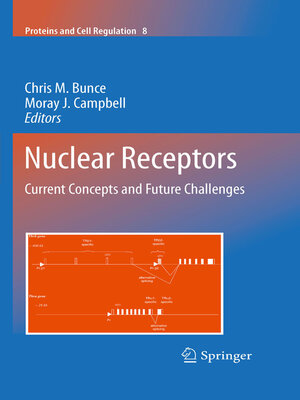Nuclear Receptors
ebook ∣ Current Concepts and Future Challenges · Proteins and Cell Regulation
By Chris M. Bunce

Sign up to save your library
With an OverDrive account, you can save your favorite libraries for at-a-glance information about availability. Find out more about OverDrive accounts.
Find this title in Libby, the library reading app by OverDrive.



Search for a digital library with this title
Title found at these libraries:
| Library Name | Distance |
|---|---|
| Loading... |
In 1890 a case of myxedema was treated in Lisbon by the implantation of a sheep thyroid gland with the immediate improvement in the patient's condition. A few years later, medications for the then ill-explained condition of the menopause included tablets made from cow ovaries. In the first quarter of the 20th century the identification of vitamin D, and its sunlight driven production in skin, paved the way to the elimination of rickets as a major medical problem. Twenty years or so later, Sir Vincent Wigglesworth established the endocrine basis of developmental moulting in insects, arguably the most commonly performed animal behaviour on Planet Earth. A paradigm that would unify these disparate observations arose between 1985 and 1987 beginning with the identification of the glucocorticoid receptor and the nuclear receptor super-family. What follows is a timely and positive manifestation of the capacity, productivity and value of international human scientific endeavour. Based on intrigue, lively competition and cooperation a global effort has rapidly fostered a school of biology with widespread ramifications for the understanding of metazoan animals, the human condition and the state of the planet. This book is the first this century to try and capture the spirit of this endeavour, to depict where the field is now and to identify some of the challenges and opportunities for the future.







